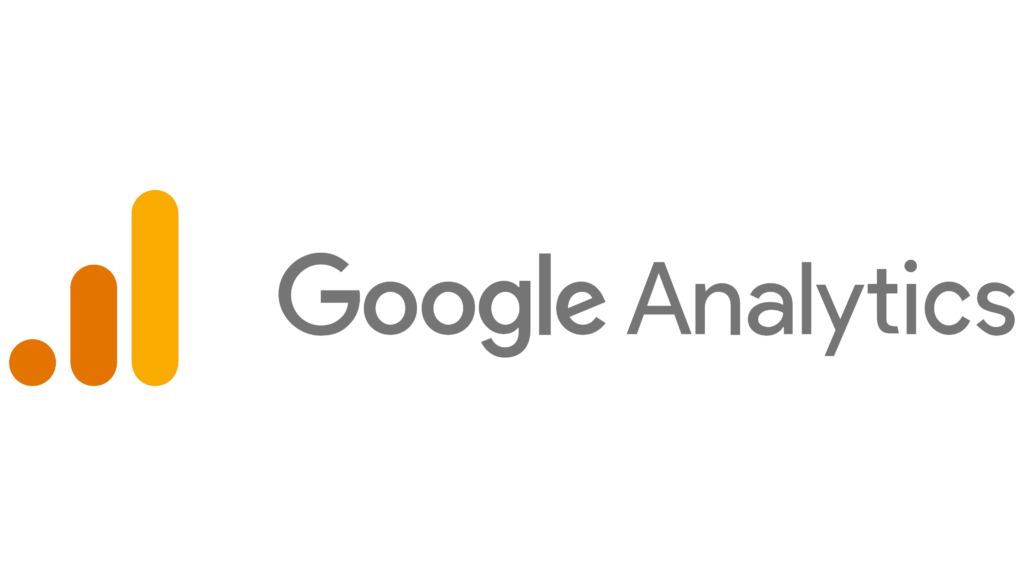The Fundamentals of Digital Advertising: Comparing Meta and Google Ads Platforms

Digital advertising is a form of marketing that promotes products and services through digital channels, such as websites, social media, search engines, and mobile apps. The main objective of digital advertising is to reach the target audience, generate leads, and increase sales. Such advertising can be a highly effective method of promoting products and services online. It allows advertisers to target specific audiences and measure the success of their campaigns.
The world of digital advertising is ever-evolving and continuously growing, making it essential for businesses and organizations to stay informed about the latest trends and best practices. Two major players in this space, Meta (formerly known as Facebook) and Google Ads (formerly called Google Adwords). Each offer many options to reach the correct target audience. In this blog post, we’ll explore the fundamentals of digital advertising and compare the top two platforms, Meta and Google Ads, to help you make the most of your advertising budget.

Meta: Facebook and Instagram Advertising
Meta, which encompasses both Facebook and Instagram, offers businesses the ability to create highly-targeted ads to reach their desired audience. This platform is particularly effective for businesses looking to promote their brand on a visual platform, as both Facebook and Instagram are image and video-heavy.
Key Features:
- Detailed targeting: Meta allows advertisers to target users based on demographics, interests, behaviors, and custom audiences.
- Ad formats: A variety of ad formats are available, such as image, video, carousel, and collection ads, as well as Stories and Instant Experience ads. These ad formats are highly engaging and can be customized to match the brand’s style and message.
- Placement: Ads can be placed on Facebook, Instagram, Audience Network (off-platform placements on third-party apps and websites), and Messenger.
- Targeting Options: Meta offers a range of targeting options, such as demographic targeting, interest-based targeting, behavior-based targeting, and lookalike targeting. Advertisers can target users based on their interests, behaviors, and demographics.
- Ad Placement: Facebook and Instagram allow advertisers to choose where their ads appear. Advertisers can select specific locations, such as news feed, stories, and audience network.
- Measurement and Analytics: Meta provides advertisers with detailed analytics to measure the success of their campaigns. Advertisers can track metrics such as reach, engagement, and conversion rates.
Google Ads: Search, Display, and YouTube
Google Ads is a versatile platform that enables businesses to reach their target audience through search, display, and video ads on YouTube. This platform is best suited for businesses looking to drive website traffic, increase online visibility, and generate leads and sales.
Key Features:
- Search ads: Advertisers can bid on keywords, so their ads appear when users search for relevant terms on Google.
- Display ads: These ads are placed on websites, apps, and other digital properties that are part of Google’s Display Network, targeting users based on their browsing behavior, interests, and demographics.
- YouTube ads: Advertisers can create video ads to reach users on YouTube, targeting specific audiences, channels, or content.
- Ad Formats: Google Ads offers various ad formats, such as text ads, display ads, shopping ads, and video ads. Advertisers can choose the ad format that suits their campaign goals.
- Targeting Options: Google Ads offers a range of targeting options, such as keyword targeting, demographic targeting, location targeting, and device targeting. Advertisers can target users based on their search queries, location, device, and demographics.
- Ad Placement: Google Ads allows advertisers to choose where their ads appear. Advertisers can select specific locations, such as search results pages, YouTube videos, and partner websites.
- Measurement and Analytics: Google Ads provides advertisers with detailed analytics to measure the success of their campaigns. Advertisers can track metrics such as clicks, impressions, and conversion rates.
Comparing Meta and Google Ads
Targeting
Both Meta and Google Ads offer precise targeting options to reach specific audiences. Meta’s strength lies in its extensive user data, enabling advertisers to target users based on their interests, behaviors, and connections. Google Ads, on the other hand, excels in targeting users based on their search intent and browsing behavior.
Ad Formats
Meta offers a variety of visually appealing ad formats, making it ideal for businesses looking to showcase their products and services through images and videos. Google Ads also provides diverse ad formats, including text-based search ads, display ads, and video ads on YouTube.
Placement
Meta’s ads can be placed on Facebook, Instagram, Audience Network, and Messenger. Google Ads allows for placements on the search results page, Google’s Display Network, and YouTube. Both platforms offer off-platform placements, with Meta’s Audience Network and Google’s Display Network encompassing third-party websites, apps, and games.
Conclusion
Choosing the right digital advertising platform depends on your business goals and target audience. Meta is a great option for visually-oriented campaigns and businesses seeking to reach users based on their interests and connections. Google Ads is well-suited for businesses looking to target users based on search intent and browsing behavior but for the right campaigns Instagram and Tik Tok might be right option as well.
Digital advertising is a powerful tool for businesses to reach their target audience and increase sales. Meta (Facebook and Instagram) and Google Ads (Search, Display, YouTube) are two of the top digital advertising platforms that offer various advertising options, targeting options, ad formats, and measurement and analytics tools. By understanding the fundamentals of digital advertising and comparing and contrasting the top platforms, businesses can make informed decisions and create successful advertising campaigns that reach their target audience and drive conversions.
Ultimately, the most effective digital advertising strategy may involve leveraging both Meta and Google Ads to create a comprehensive, multi-channel approach that maximizes reach and “return on ad spend”.
Final Thoughts
In today’s digital landscape, staying ahead of the curve and harnessing the power of digital advertising is essential for business success. If you’re ready to take your digital advertising strategy to the next level, Get Lagos Now is here to help. Our team of experienced marketing and advertising professionals specializes in creating and executing results-driven campaigns tailored to your unique business goals and target audience.
Don’t miss out on the opportunity to boost your online visibility, generate more leads, and increase sales. Partner with Get Lagos Now and experience the difference that our expertise in Meta, Google Ads, and other digital advertising channels can make. Take the first step towards maximizing your digital advertising ROI – contact us today for a free consultation and let’s start growing your business together! Info@GetLagosNow.com


